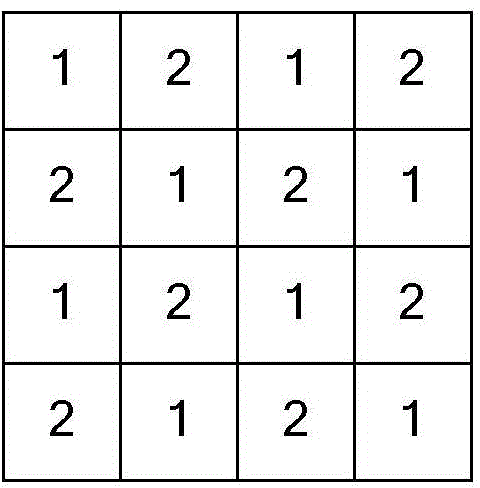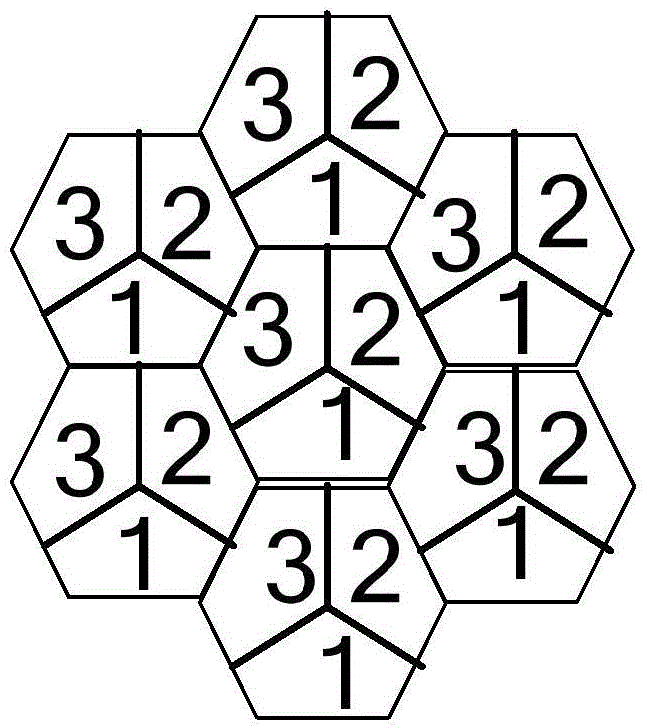Group scheduling method and system between base stations based on interference coordination
A technology of interference coordination and group scheduling, applied in electrical components, wireless communication, broadcast service allocation, etc., can solve problems such as insufficient utilization of time resources and low probability of edge user terminals competing for channels
- Summary
- Abstract
- Description
- Claims
- Application Information
AI Technical Summary
Problems solved by technology
Method used
Image
Examples
Embodiment 1
[0078] The group scheduling method based on interference coordination between base stations described in this embodiment is applied to a communication network composed of multiple adjacent basic service sets (BBS), and each basic service set (BBS) includes one base station (AP) and N user terminals (STAs) associated with the base station, where N is greater than or equal to 1. see Figure 7 , is shown as a schematic flowchart of a group scheduling method based on interference coordination between base stations. and see Figure 8 , is shown as a real scene diagram of an implementation manner of a group scheduling method based on interference coordination between base stations. In this embodiment, only downlink conditions are considered. Such as Figure 7 As shown, the group scheduling method based on interference coordination between base stations includes:
[0079] S1. Divide N user terminals under the basic service set into edge user terminals or non-edge user terminals....
Embodiment 2
[0099] The group scheduling system 1 based on interference coordination between base stations described in this embodiment is applied to a communication network composed of multiple adjacent basic service sets, and each basic service set includes one base station and N associated with the base station An edge user terminal, where N is greater than or equal to 1. see Figure 10 , is shown as a schematic structural diagram of a group scheduling system based on interference coordination between base stations. The group scheduling system 1 based on interference coordination between base stations includes: an initial division module 11, a predefined module 12, an acquisition module 13, a matrix creation module 14, a search Combining module 15 and calling module 16 .
[0100] The initial division module is configured to divide the N user terminals under the basic service set into edge user terminals or non-edge user terminals. . The predefinition module 12 connected to the initia...
PUM
 Login to View More
Login to View More Abstract
Description
Claims
Application Information
 Login to View More
Login to View More - R&D
- Intellectual Property
- Life Sciences
- Materials
- Tech Scout
- Unparalleled Data Quality
- Higher Quality Content
- 60% Fewer Hallucinations
Browse by: Latest US Patents, China's latest patents, Technical Efficacy Thesaurus, Application Domain, Technology Topic, Popular Technical Reports.
© 2025 PatSnap. All rights reserved.Legal|Privacy policy|Modern Slavery Act Transparency Statement|Sitemap|About US| Contact US: help@patsnap.com



